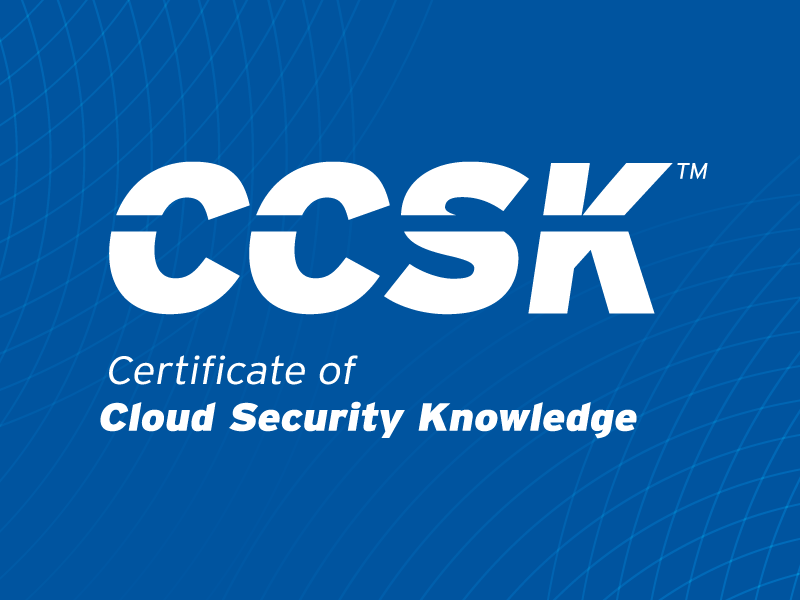Unifying Governance and Security with an Application Fabric
Published 03/31/2025
Written by Eric Olden, CEO and Co-founder, Strata Identity.
Originally published on Forbes.
Managing applications across distributed IT environments is a significant and costly challenge for modern enterprises. As companies move to the cloud and expand through digital transformation, mergers, and acquisitions, the number of applications they oversee can balloon quickly, leaving many organizations struggling to maintain visibility and control. This is where an application fabric can help.
An application fabric provides a governance layer that simplifies visibility, control, and compliance, no matter where applications reside—on-premises, in the cloud, or across multiple clouds. It enables enterprises to maintain stronger security, reduce risk, demonstrate compliance, streamline access control, and close critical gaps between identity and application management.
You Can’t Secure What You Can’t See
One of the most critical challenges enterprises face is a lack of visibility into their entire application ecosystem. In many cases, organizations underestimate how many applications they actually have, resulting in unaccounted risks. It’s not uncommon for enterprises, especially heavily regulated ones, to learn that they have double the number of applications they had initially thought. One such company recently jumped from 2,500 to 4,500 applications due to a recent acquisition.
This visibility gap poses a serious threat to security. Without a clear understanding of what applications are in use, organizations can’t properly assess risks or prioritize governance and protection efforts. This is where an application fabric provides immense value—by enabling continuous discovery of all applications, including legacy applications, SaaS applications, IaaS cloud platforms, and custom-built apps. This newfound visibility allows companies to identify critical applications that require immediate attention for security and compliance purposes.
Orchestration: Bridging Identity and Applications
Visibility is just the first step in managing an enterprise’s application environment. Once organizations can see all their apps, the next challenge is ensuring proper access control. While most enterprises have solid identity governance frameworks focusing on users and their roles, they often lack integration between identity and application management. This is where the application fabric’s integration with identity orchestration comes into play.
An application fabric is connected to the identity fabric —where users and roles are managed— through policy enforcement from identity orchestration. Identity orchestration defines the relationship between users and applications, orchestrating access policies across multiple platforms, centralizing control over who can access which apps. By centralizing these identity and access policies, an application fabric drastically reduces manual configurations, leading to a more secure and streamlined environment.
Addressing Critical App Challenges
An application fabric addresses several problems faced by enterprises:
- Unaccounted Applications: Companies often do not know how many applications they have, leaving them blind to potential risks.
- Access Control Gaps: Without clear visibility into who has access to these applications, organizations cannot control who should have access.
- Siloed Ownership: Applications are often owned by different groups—lines of business, departments, or manufacturing—which leads to silos and poor collaboration.
- Disconnected Teams: Identity management teams often have limited interaction with application owners, further exacerbating governance issues.
- Need for Continuous Governance: Application owners are required to keep identity and access policies up to date for constantly changing application portfolios.
Why Current Approaches Don’t Solve the Problem
Current tools and frameworks are insufficient for managing the modern app ecosystem:
- Identity Governance and Administration (IGA) tools: Focus on identity data and systems, not the applications themselves, leaving a critical gap in governance. Classic IGA tools govern what users are in what roles in the IDP and major applications.
- Configuration Management Databases (CMDBs): While useful for change management and patching, they don’t offer the comprehensive visibility needed for application governance. These systems lack the higher level governance and identity management that application owners are responsible for.
- Cloud Native Application Protection Platforms (CNAPPs): These cover cloud-native applications but fail to address legacy or on-premises apps, leaving enterprises with partial coverage.
Compliance Risks
Meeting regulatory compliance requirements such as GDPR, HIPAA, CFIUS, or SOC 2 is a top priority for enterprises, but compliance becomes more complex when applications are distributed across multiple cloud platforms. Different environments come with varying regulations, and keeping track of which apps are subject to specific rules can quickly become overwhelming.
An application fabric provides continuous monitoring and governance over applications, regardless of location. This centralization simplifies compliance efforts, helping organizations ensure their applications adhere to regulatory requirements. For global organizations subject to different regulatory standards, an application fabric can tag their most critical applications and continuously monitor for changes and their compliance status.
Best Practices
For organizations looking to implement an application fabric, here are four recommendations:
- Start with Comprehensive Discovery: Begin by conducting a thorough inventory of your entire application ecosystem. Focus on both legacy and cloud-native apps to ensure you’re not overlooking critical assets.
- Centralize Access Policies: To eliminate silos and improve governance, integrate your identity management system with your application fabric. This will enable centralized policy control and ensure that only authorized users can access specific applications, reducing manual work and improving security.
- Prioritize Compliance and Risk Management: Use your application fabric to monitor compliance continuously across all environments. Tag critical applications and ensure they are prioritized for security and compliance updates, particularly in multi-cloud and hybrid environments.
- Continuously Discover Changes in Application Fabric: Use automated tools to continuously monitor changes in your environment, particularly during mergers and acquisitions. Look at the deltas to know what applications need attention.
For CISOs and identity executives, the growing complexity of their application ecosystems is creating governance landmines that are not being addressed by traditional approaches. By offering visibility, control, and compliance capabilities across on-premises, multi-cloud, and hybrid environments, an application fabric can help organizations stay secure and reduce risk.
Unlock Cloud Security Insights
Subscribe to our newsletter for the latest expert trends and updates
Related Articles:
Micro-Segment the Metal: A Zero Trust Field Guide for Physical Hosts
Published: 12/12/2025
The Ghost in the Machine is a Compulsive Liar
Published: 12/12/2025
Why Your Copilot Needs a Security Co-Pilot: Enhancing GenAI with Deterministic Fixes
Published: 12/10/2025
How to Build AI Prompt Guardrails: An In-Depth Guide for Securing Enterprise GenAI
Published: 12/10/2025





.jpeg)
.jpeg)
.jpeg)
.jpeg)